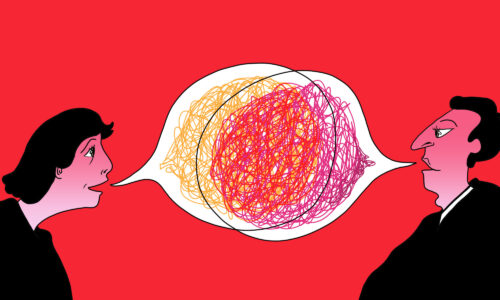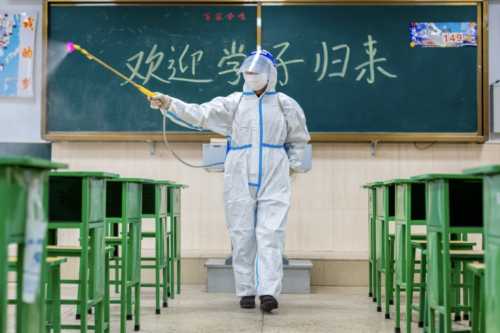China’s mass COVID-19 testing moves from Wuhan to the northeast
According to Chinese officials, every resident of Wuhan over the age of six has now been tested for COVID-19--an extraordinary mass testing campaign that at first seemed unclear and unfeasible, but soon became a reality

According to Chinese officials, every resident of Wuhan over the age of six has now been tested for COVID-19. Almost all of those tests occurred between May 14 and June 1, in an extraordinary mass testing campaign that at first seemed unclear and unfeasible, but soon became a reality — even if some health experts and residents balked.
The details, per Caixin:
- 9.9 million residents were tested between May 14 and June 1, with 300 asymptomatic cases identified.
- No symptomatic cases were identified, and health authorities claimed that the asymptomatic cases did not appear to be contagious — the virus was reportedly “inactive” in samples taken.
- The mass testing cost 900 million yuan ($127 million), which works out to $12-$13 per test.
- One million residents had previously been tested, meaning that 10.9 out of 11 million Wuhan residents have now been tested for COVID-19. The main exception is children age six or under.
- “Wuhan and people in Wuhan are safe,” said Lǐ Lánjuān 李兰娟 of the National Health Commission.
China is now bringing the mass testing model to its northeast, where COVID-19 clusters continue to emerge. All 2.8 million residents of Mudanjiang, Heilongjiang, will be tested for COVID-19, Sixth Tone reports:
The announcement came after Mudanjiang reported 15 positive COVID-19 test results in people without symptoms last week.
In April, the nearby city of Suifenhe — about two hours’ drive east of Mudanjiang — saw a spike in imported COVID-19 cases among residents returning from Russia. Because of the relative shortage of medical supplies in the city, all of its confirmed, symptomatic patients were transferred to hospitals in Mudanjiang for treatment.
According to the Global Times, the goal in Mudanjiang is to “ensure every resident gets tested, except children under the age of 6 and invalids, as well as those who were tested during the past 14 days.” The aim was to have the tests “conducted before Saturday,” June 6, and “1,196 medical staff and workers were dispatched from 23 medical institutions” to conduct the testing.
For context, see our earlier story on The China Project: China moves to crush a COVID-19 cluster in the northeast before political meetings in Beijing.






